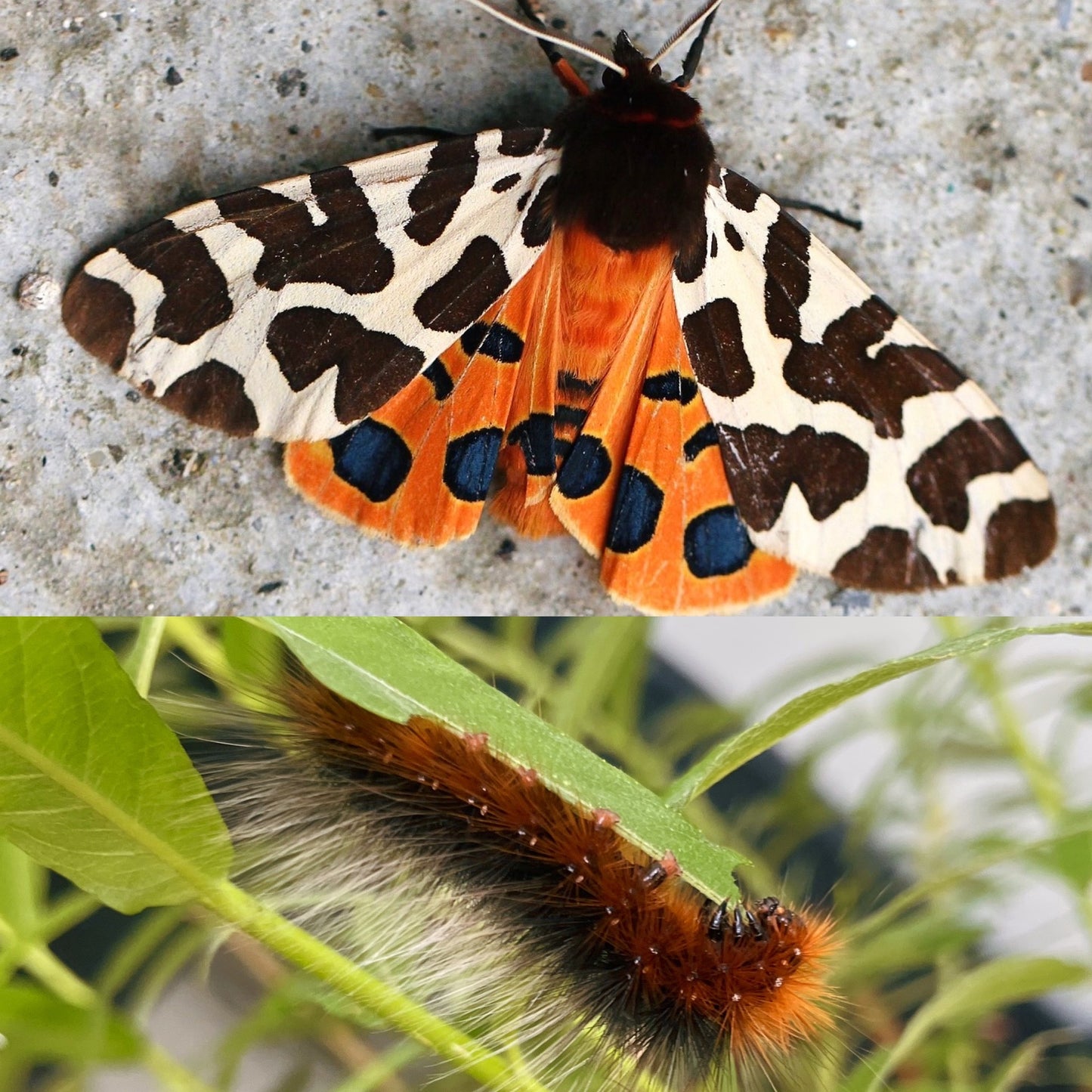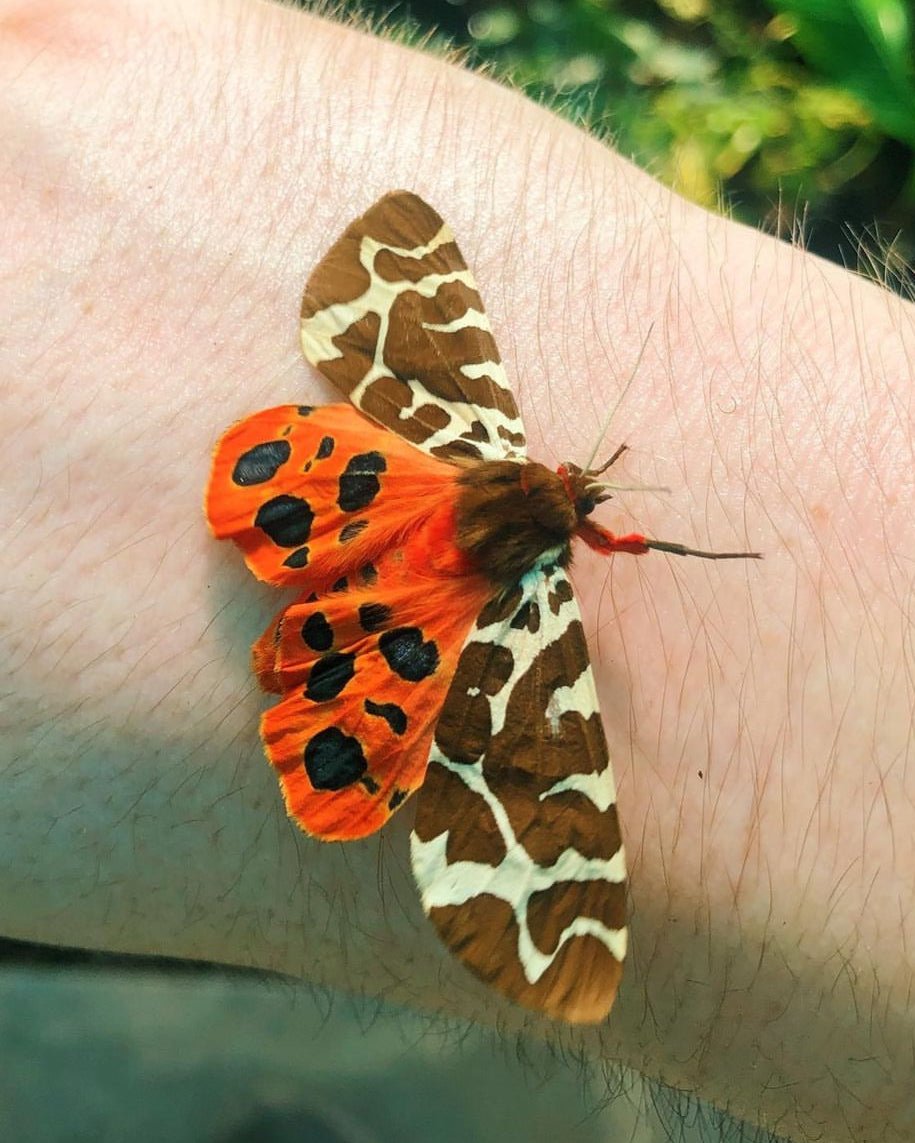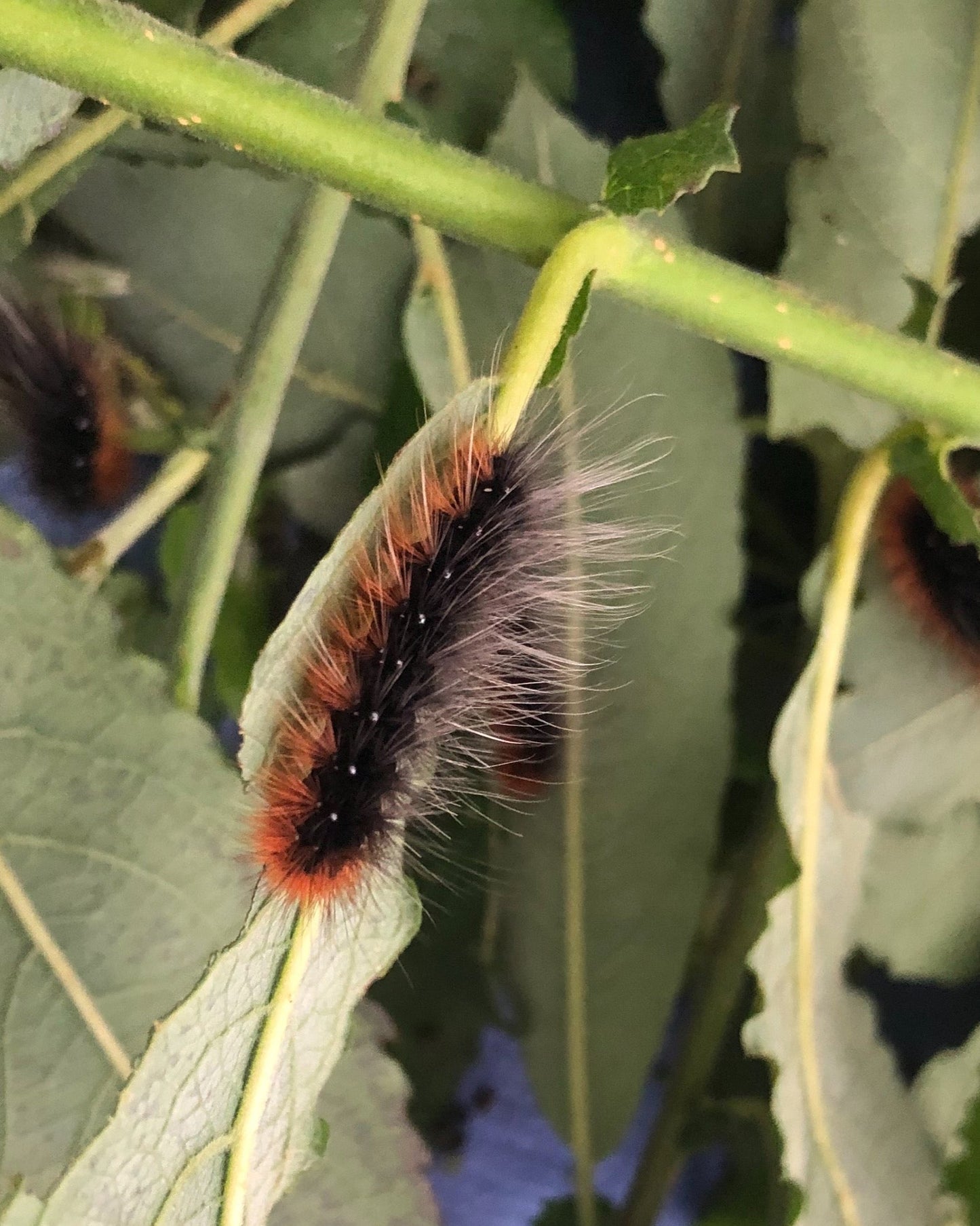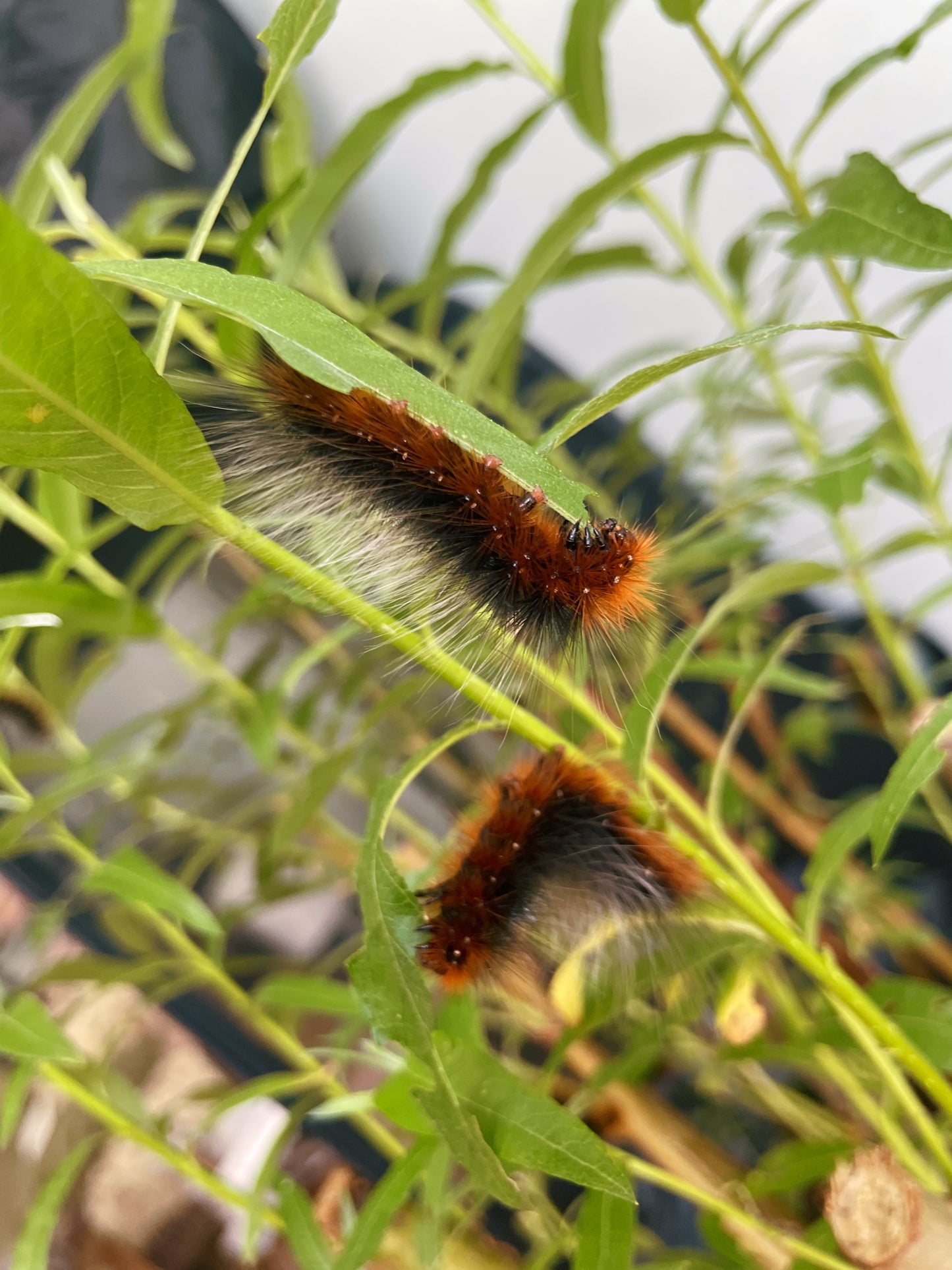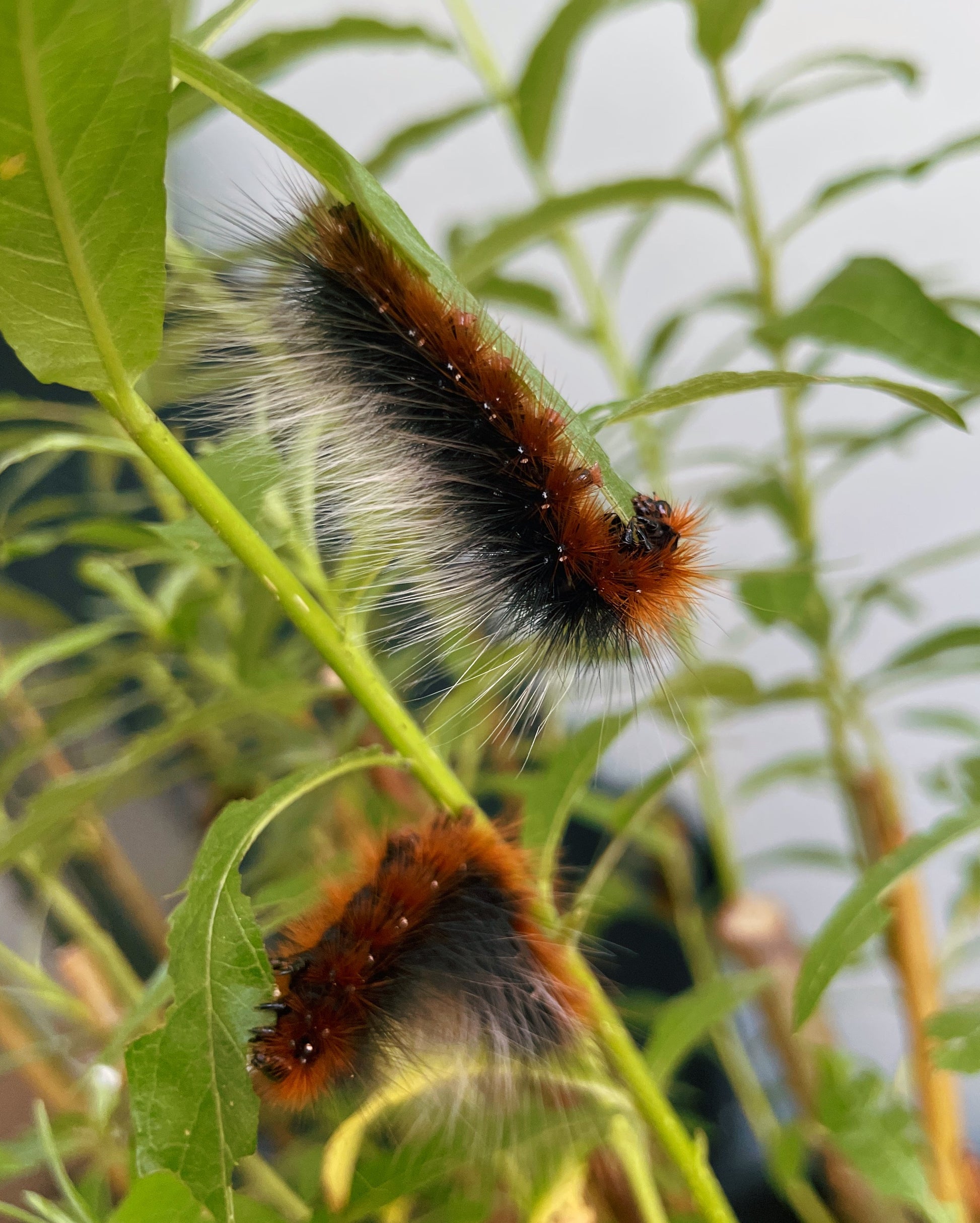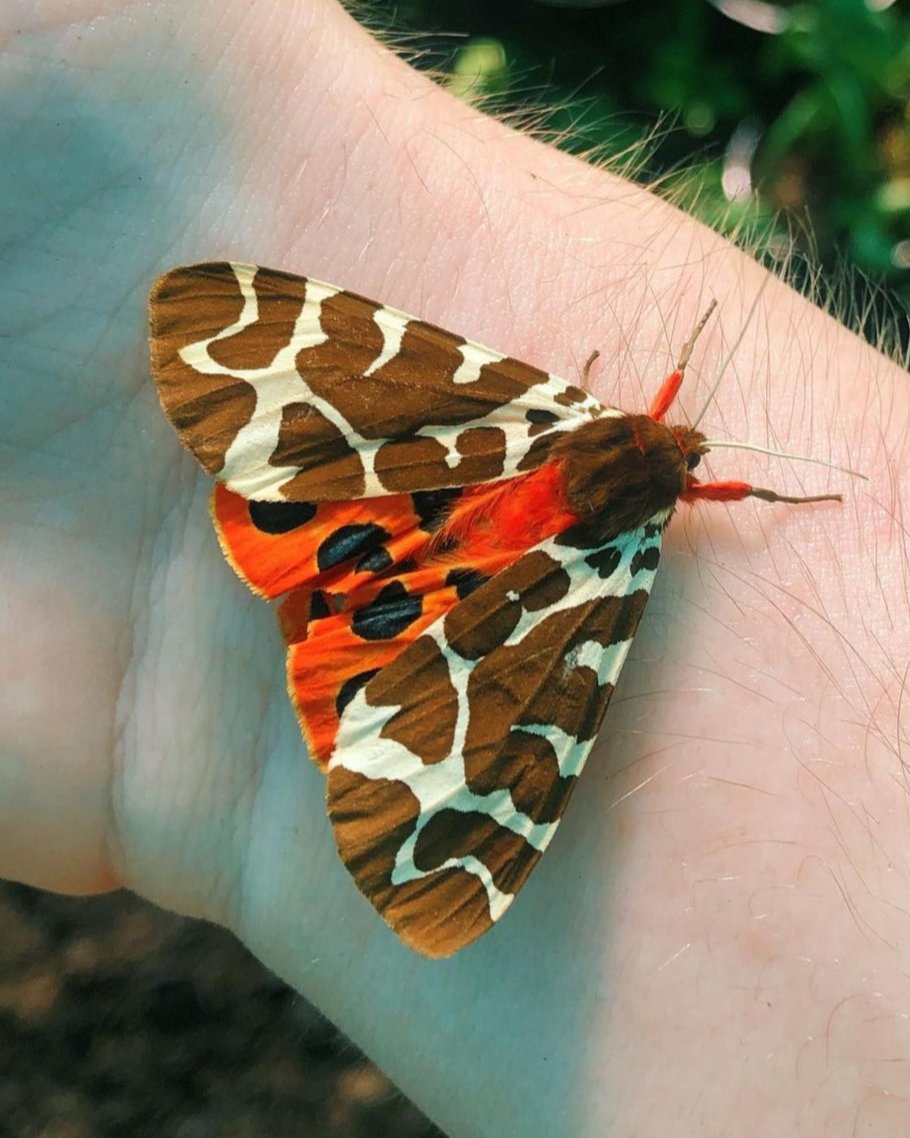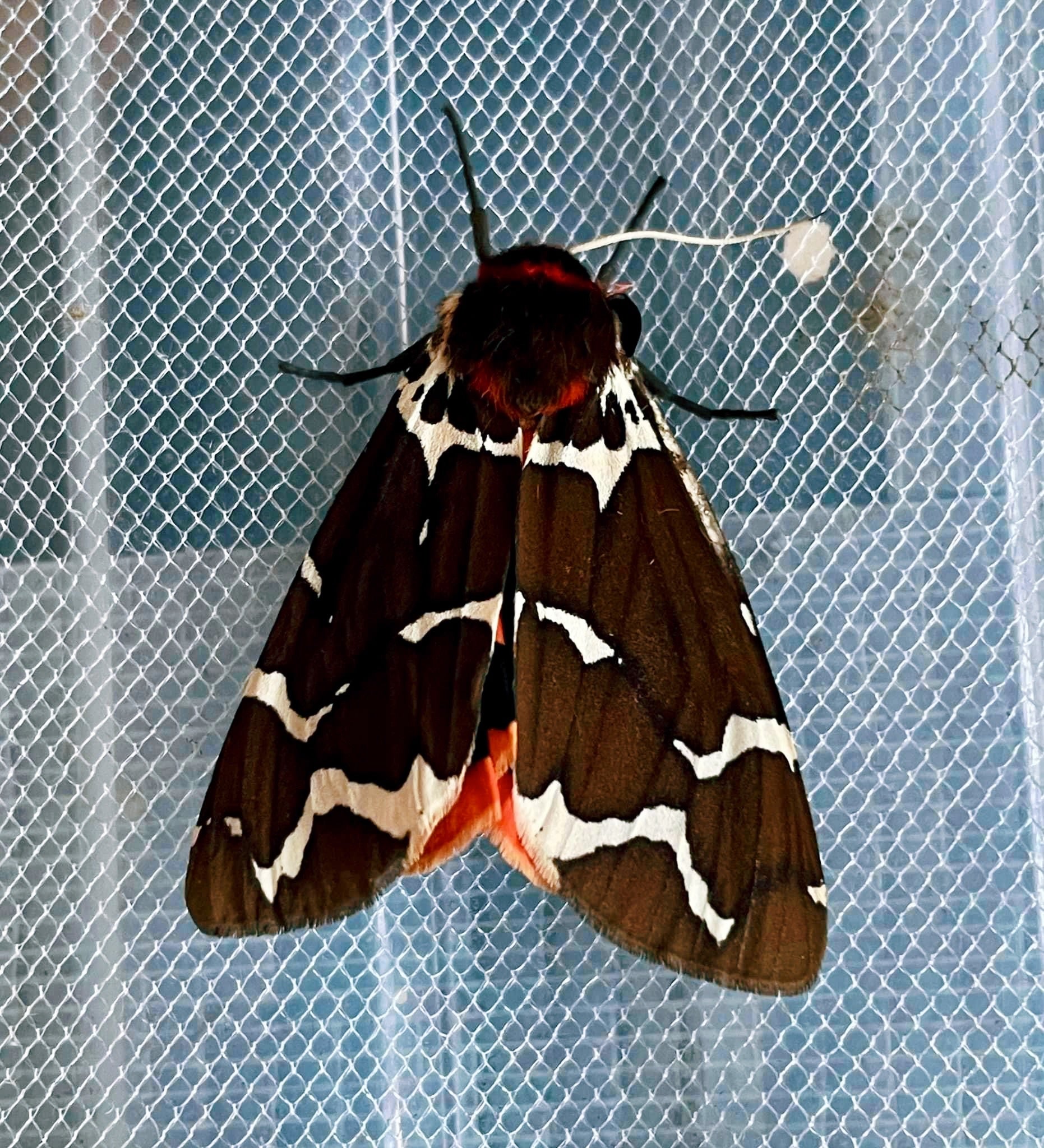Bugs & Butterflies UK
Garden Tiger Moth EGGS (Arctia caja)
Garden Tiger Moth EGGS (Arctia caja)
Couldn't load pickup availability
Arctia caja (Linnaeus, 1758), known as the Garden Tiger moth, was once common across much of Europe, Asia and North America, but its populations have declined significantly in most regions since the 1970s. We have a strong breeding stock from our own reared females paired to wild called-in males during the summer, with this being the F1 brood. A huge range of host plants are accepted, but some of the best include Willow, Nettles, Dandelions and Dock in the spring-summer, and evergreens like Privet and Portuguese Laurel in winter. Larvae grow quite slowly compared to many species, and at variable rates, with pupation typically reached in around 6-8 weeks after hatching. The caterpillars become more hairy with each stage, by the fifth instar easily identified as the well-known 'woolly bears' with red and black hairs covering its body. When the larvae reach maturity, they will construct a loose silk cocoon among host plants or on the base of the enclosure which they also cover with their hairs which serve as an irritant to any creatures attempting to eat the vulnerable pupa inside. Pupal duration is short, lasting only around 3 weeks before the colourful adults emerge. Interestingly, the adult moths can vary significantly in terms of colouration and patterning - early collectors selectively bred this species to produce many colour forms with differing amounts of spotting and colouration.
Host plants: Dock (Rumex), Dandelion (Taraxicum), Nettle (Urtica), Willow (Salix), Cherry (Prunus), and many others! These will eat almost any foliage. Privet (Ligustrum) and Portuguese Laurel (Prunus lusitanica) are useful in winter.
Difficulty: Very easy (1/10)
Temperature: Room temperature or outdoors.
Life-cycle: Continually brooded indoors; larvae will go dormant in winter outdoors, then wake up in spring.
Share
